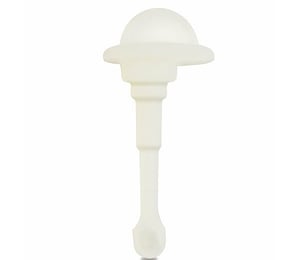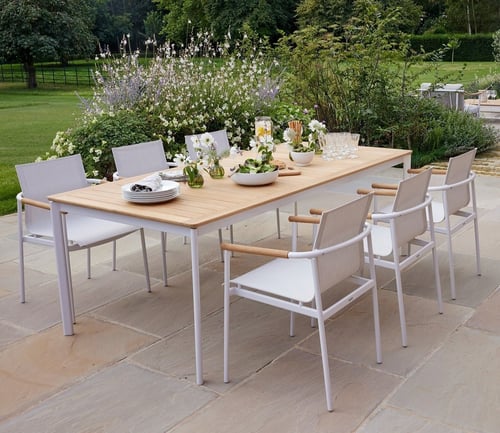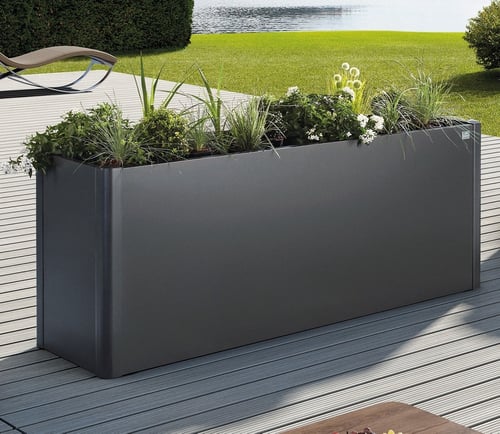Ideally Camellias should be planted in semi-shade, preferably on a sheltered site. Avoid a position that catches the early morning sun i.e. facing east as a quick early thaw is liable to damage flowers and buds.
Prepare the soil with plenty of organic matter such as leaf mould plus some grit. This is a plant that loves acidic soil, between 5.5 and 6.5pH, if your soil is any more alkaline consider growing your camellia in a container with ericaceous compost.
Watering
To ensure a fine display the following spring, Camellias need plenty of water right up until October, especially when their buds are forming in late summer.
Retain the soil's acidity by using rain rather than tap water. A water butt connected to your guttering will come in very handy if there is a drought.
Feeding and maintenance
Although Camellias can survive cool temperatures, if we have a spell of particularly cold weather, protect the plant with fleece or bubble wrap.
A thick mulch of chipped bark or pine needles in the spring will conserve water and add acidity.
Feed container plants with an appropriate ericaceous product early in the season such as a Miracle Gro soluable feed.
Any pruning should be done after flowering in the spring.
Choosing your Camellia
Choose plants at least 12-15ins tall that are well shaped, disease free, and in bud. Many different forms of camellia are available in garden centres from the single form through to the formal double form, embracing paeony, anemone and semi-double forms.
Nobillissima is a superb double white with a hint of yellow, very effective against its dark green foliage. It is also one of the earliest camellias to flower making it stand out like a beacon against the grey late winter skies.
Of the more recent hybrids I would have to recommend is 'Debbie', as well as being vigorous and upright in growth, the paeony form flowers are 4ins wide, freely produced and a glowing rose pink. It will flower every year from early March and continue through April.















